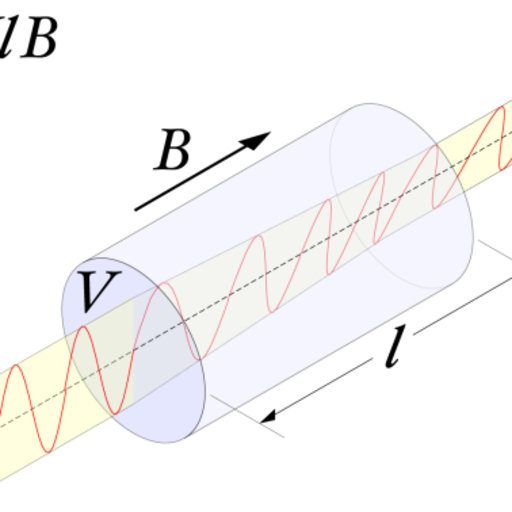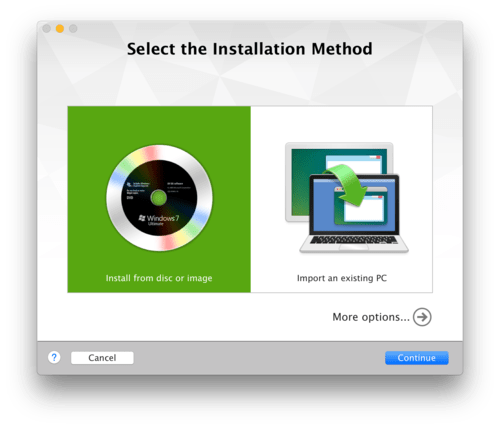
For the installation, we will be using the default install. This will allow you to copy and paste between your virtual and host machines, useful when you want to copy outputs from one device to the other. This mounts the ISO image read-only and copies its content into directory. This will improve the performance of your virtual machine by taking advantage of your PC’s 3D hardware and allow you to resize your desktop resolution!Īnother feature this unlocks is the shared clipboard, which you can activate in Devices > Shared Clipboard.

Once this is complete, you will need to restart your virtual machine for the new features to take effect.Ĭlose the machine, but before you start it up again, return to the Settings menu and change the Graphics Controller back to VMSVGA and Enable 3D Acceleration.
#INSTALL VMD UBUNTU INSTALL#
fedora-like sudo dnf install -y make redhat-rpm-config python3-devel python3-pip ubuntu-like sudo apt install -y python3-setuptools python3-dev python3-pip get SPDK and its submodules git submodule update -init -recursive install SPDK required. The disc will appear inside your virtual desktop and you will be prompted to run the software. recommend to install OS and pynvme in a SATA drive. This will prompt you to download the Guest Additions disk image file. To install Guest Additions, you need to complete your installation of Ubuntu in your virtual machine and boot to the desktop.įrom there, select Devices > Insert Guest Additions CD. This includes better integration between your virtual machine and the host machine, as well as improved video support that enables the display resolution options when using VMSVGA.

Guest Additions is an extra piece of software that unlocks some more advanced features of VirtualBox.


 0 kommentar(er)
0 kommentar(er)
